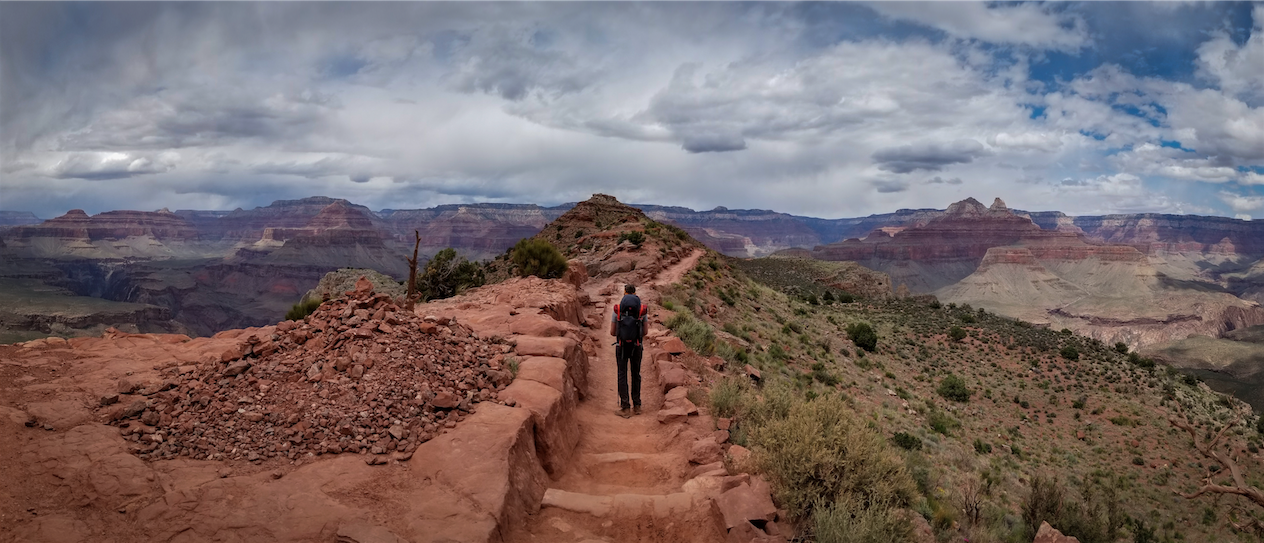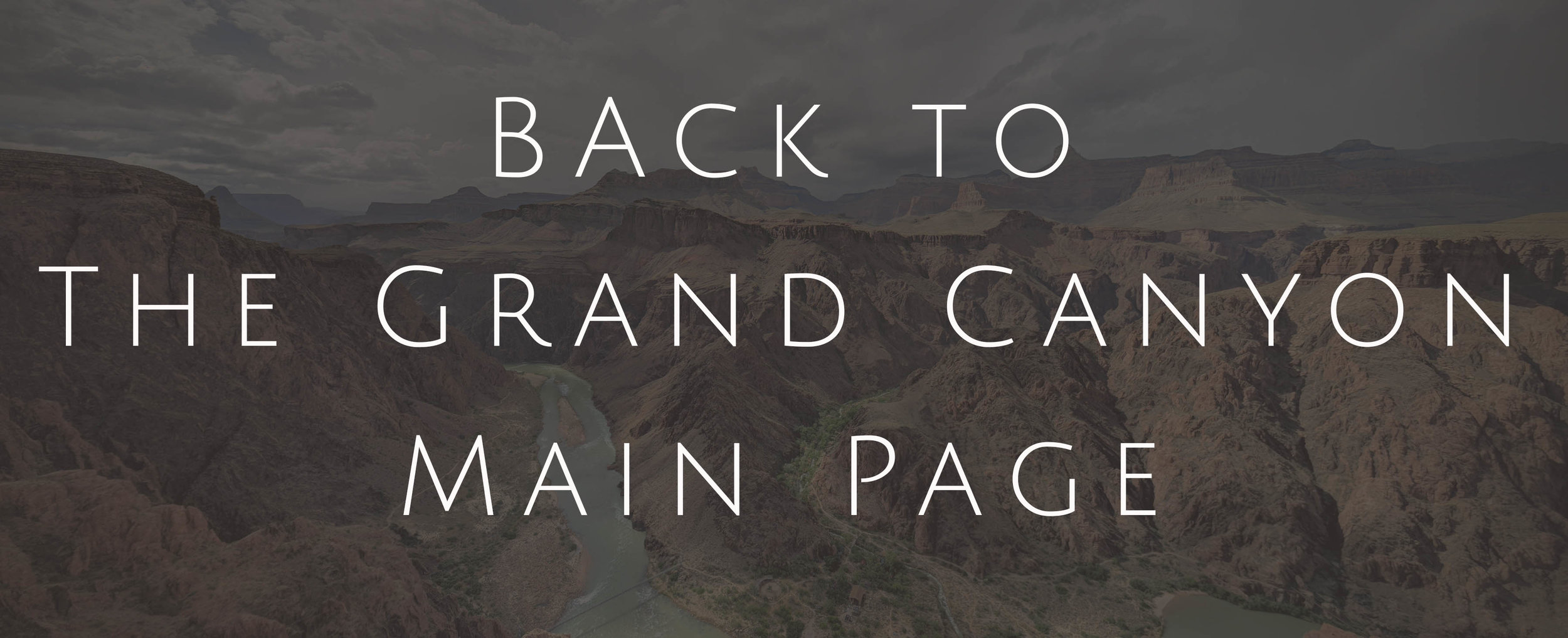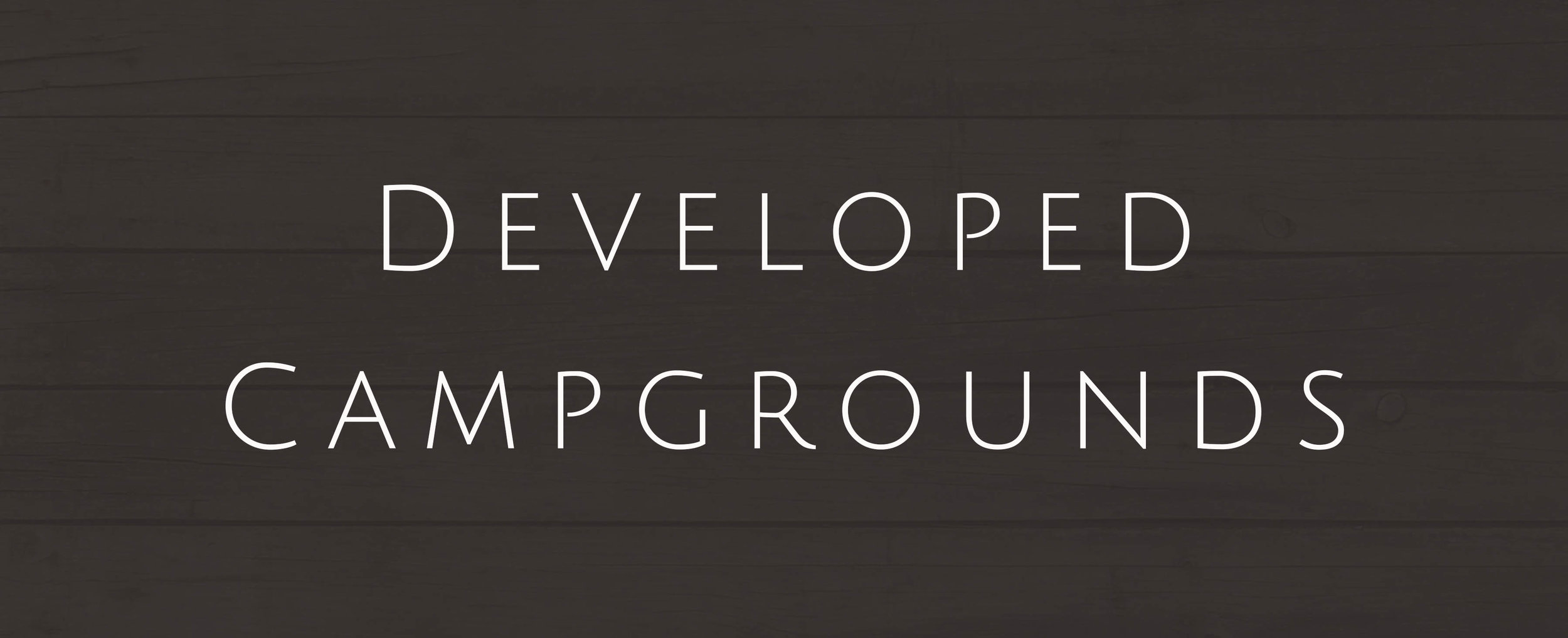Camping
Developed Campgrounds
Mather Campground
Summary - Large, clean high-amenity campground at the South Rim village, within walking distance to the rim of the canyon.
Location - The South Rim Grand Canyon Village, near the Visitor’s Center.
Google Maps - Mather Campground
Open - Closed - Mather Campground is open year-around, however reservations work differently during peak season, between Mar. 1 - Nov. 30. See below.
Reservations - During peak season, campsites can be reserved up to six months in advance using the resources below. Expect high demand. Even with 327 campsites, this campground is usually completely booked.
Recreation.gov - Mather Campground Reservations
Phone: (877)444-6777
Walk-ins - Outside of peak season (Dec. 1 - Feb. 28), camping is available on a first-come, first-served basis only. Campers pay using the self-pay machine located at the campground kiosk.
No first-come-first-serve only campsites available during peak season; you would have to get lucky with a last minute cancellation.
Amenities - Campfire rings with cooking grates, picnic tables, trash service, flush toilets, drinking water spigots, coin showers, shuttle service, laundry facilities—the whole nine yards!
Pros & Cons - Really poor cell phone reception, per the rest of the village area.
Our Recommendation - Great place to stay, especially if you’re looking for convenience and location. You can literally walk to the canyon rim to watch the sunset.
Resources
NPS.gov - Campgrounds - South Rim
TheDyrt - Mather Campgrond Photos & Reviews
Campendium - Mather Campground Reviews
Photos: Campsites at Mather Campground | Courtesy via: Recreation.gov
Photos: Campsites at Mather Campground | Courtesy via: Recreation.gov
Photo: View from the South Rim at Mather Point, just a short walk from Mather campground
Desert View Campground
Summary - Smaller, quieter and more beautiful campground at the park’s east entrance—a great place to escape the crowds of the village area. It’s just a 200-300 yard walk to the rim, and not much further to Navajo Point and the Desert View Watchtower.
Location - The east entrance of the park, approximately 25 mi. east of the South Rim Village.
Google Maps - Desert View Campground
Open - Closed - Mid April through mid October.
Reservations - This campground is first-come, first-serve only.
Walk-ins - 50 campsites total, which usually fill up by noon at the latest. Payments are completed at the automated fee machine located at the campground restrooms.
Amenities - Campfire rings with cooking grates, picnic tables, flush toilets, drinking water spigots. NO showers, laundromat or dump station. Desert View General store located a short walk away near the watch tower. Public showers are available at Mather Campground in the village.
Our Recommendation - I’d stay here over Mather any day. Not as good for families, since it’s first-come, first-serve only and has fewer amenities.
Resources
NPS.gov - Campgrounds - South Rim
TheDyrt - Desert View Campground Photos & Reviews
Ten-X Campground
Summary - Quiet, spacious and well-maintained Ponderosa Pine-laden campground—a good back-up campground if Mather and Desert View are booked, or if you’re just looking for some extra peace and quiet.
Location - Two miles south of the town of Tusayan on Hwy 64. It’s very easy to spot, right off the road.
Google Maps - Ten-X Campground
Open - Closed - Usually mid-May to late September
Reservations - 70 single family campsites, 45 of which are first-come, first serve only. The remaining sites are reservable at the site below:
Recreation.gov - Ten-X Campground Reservations
Walk-ins - 1-13, 22-30 and 45-70 are non-reservable and only available on a first-come, first-served basis.
Amenities - Campfire rings with cooking grates, picnic tables, restrooms, drinking water spigots, even a short nature hike from the campground. NO showers, laundromat or dump station.
Our Recommendation - A very clean and well-maintained campground. Simply due to their walking distance location from the rim of the Grand Canyon, we’d go with Desert View or Mather first. The dispersed camping options below might be a cheaper and better option as well unless you need the amenities.
Resources
Reservation.gov - Ten-X Campground Reservations
TheDyrt - Ten-X Campground Photos & Reviews
US Forest Service - Ten-X Campground
Courtesy via: US Forest Service
Dispersed Camping Outside the Park
What is Dispersed Camping?
Dispersed camping is essentially free camping on open land, and it comes with its own set of pros and cons. Also known as primitive camping, it is most commonly available on publicly-owned U.S. taxpayer land, also referred to as BLM land (Bureau of Land Management).
You won’t find dispersed camping areas anywhere within national parks, city areas, private property, protected wilderness, etc. Camping at a designated campground, for example, is not dispersed camping. The links below (as well as Google) can tell you where to find said land around each U.S. city area and how to best preserve the land you’re staying on.
What are the advantages? No crowds, no costs, no formal campgrounds, no reservations. Since they are (by definition) located outside populated city limits, dispersed camping areas are almost always exponentially more beautiful, remote and exciting to stay at—you’re actually having the authentic outdoor experience that you came for (imagine that). Talk to any experienced outdoorsman, and they’ll tell you that dispersed camping is the only option they look for on an adventure.
And now, the drawbacks. It’s real outdoor camping. That means zero amenities whatsoever. Restrooms, running water, picnic tables, grills for barbecuing food—you have to bring all of that swag yourself. Yes, you’ll be digging holes in the ground to poop (or finding restrooms in town). You’ll be responsible for your own fire safety and packing out your own trash. Because you’re staying in remote territory, roads in & out aren’t always paved or accessible for low-clearance vehicles. It means that people might not be around in case of emergency, and in the same context, it also often means no cell phone service.
With a great experience comes great responsibility. Know your comfort level in the wilderness and choose wisely. The best campsites I’ve ever stayed at have ALL been on primitive/BLM land. At the same time, for brand new outdoorsmen and women with families, this may not be the best option. If you decide to go and you’re new to this, read and have a copy of the instructions below.
Remember to LEAVE NO TRACE—be respectful of the land, and only bring in what you’re able to pack out.
Resources
Bureau of Land Management - Maps for Every BLM Territory in the US
Gear Junkie - Camp for Free on Public Land: Dispersed Camping 101
Ramos Law - BLM Camping Rules 101
Bureau of Land Management - Laws & Regulations (complete 120 pg handbook)
Dispersed Camping on Fire Rd. 328 (FR 328)
Summary - Simple, pleasant, pretty heavily-wooded camping area between the town of Tusayan and the park’s South Entrance.
Pros - Just a 2 min. drive from Tusayan, where you can find restaurants, grocery stores, bathrooms, etc. Also just a 10 min. drive from the South Rim Village area and the Backcountry Permit Center. Great cell service at the campsite.
Cons - FR 328 is usually crowded for the first half-mile, but keep driving until you find a spot you like, although much more spacious than any of the designated campgrounds you could choose from.
Directions - Just after passing through the roundabout on the north end of Tusayan, continue north on Hwy 64 toward the park. Roughly a mile before the south entrance toll station make a left onto Fire Rd. 328 at the Apache Stables. You’ll see other campers right away. Continue on that dirt road until you find a desirable campsite.
Google Maps - Fire Rd. 328 National Forest (Dispersed) Campground
To find it yourself, type in “Fire Rd. 328, Grand Canyon Village, AZ” exactly word-for-word in to Google Maps (“FR 328” won’t work).
Resources
The Dyrt - Forest Service Road 328 Dispersed Camping
FreeCampsites.net - Forest Service Road 328
Photo: Our campsite on FR 328
Photo: Entrance to FR 328 from Hwy 64
Dispersed Camping on Fire Rd. 310 (FR 310)
Summary - Beautiful and heavily wooded dispersed camping area roughly 12 miles east of the Grand Canyon Visitor’s Center.
Pros - This camping area is more beautiful and remote than FR 328. It’s close to any hikes or landmarks east of the Grand Canyon village area, such as the Arizona Trail, Grandview Trail and the Desert View Watchtower. Also just a 1.5 mile drive to an epic sunset viewing spot. Most carriers provided decent cell service.
Cons - It’s at least a 20 min. drive east of the Grand Canyon Village Area and its amenities, and a 30 min. drive from the town of Tusayan.
Directions - Head east on Hwy 64 away from the Grand Canyon Visitor’s Center. Roughly two miles after the turnoff for Grandview Point trailhead, turn right onto Fire Rd. 310. The camping area begins 1.5 miles down that road, once you’ve officially left Grand Canyon National Park and crossed into Kaibab National Forest.
Google Maps - Fire Rd. 310 National Forest (Dispersed) Campground
To find it yourself, type in “Fire Rd. 310, Grand Canyon Village, AZ” exactly word-for-word in to Google Maps (“FR 310” won’t work).
Resources
FreeCampsites.net - FR 307 (aka 310) Dispersed Camping
Photo: Campsite along FR 310 | Courtesy via: FreeCampsites.net









